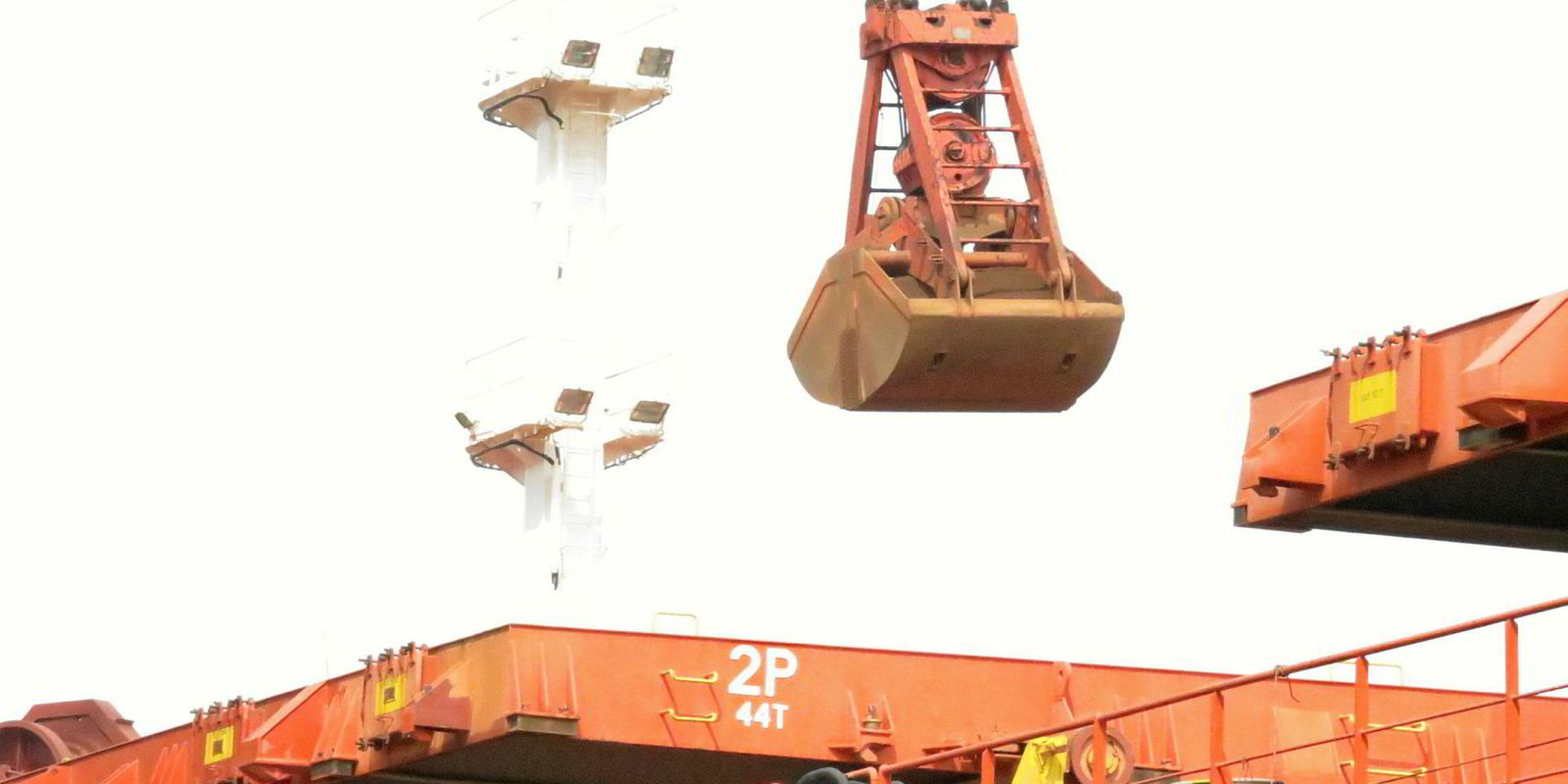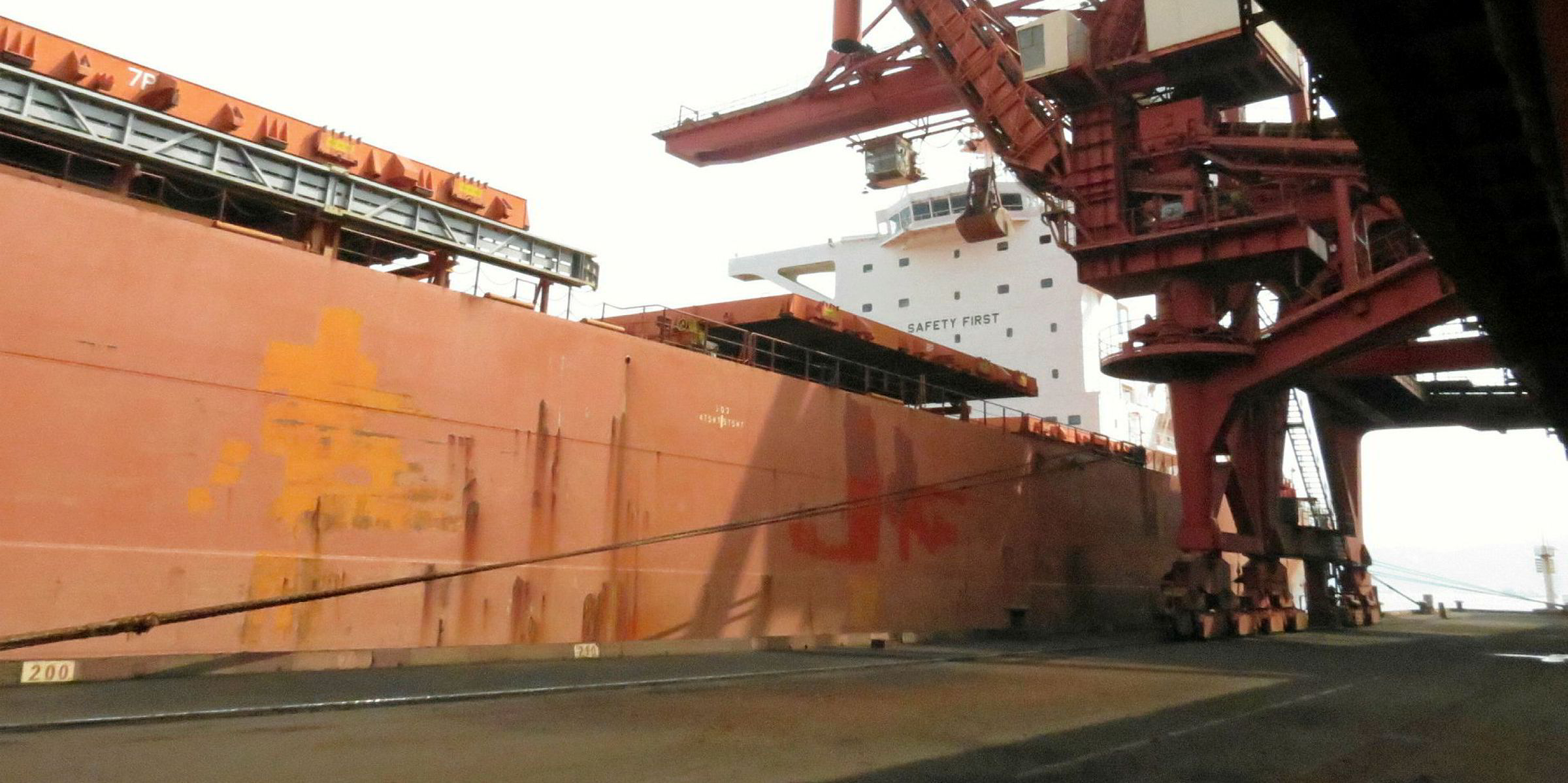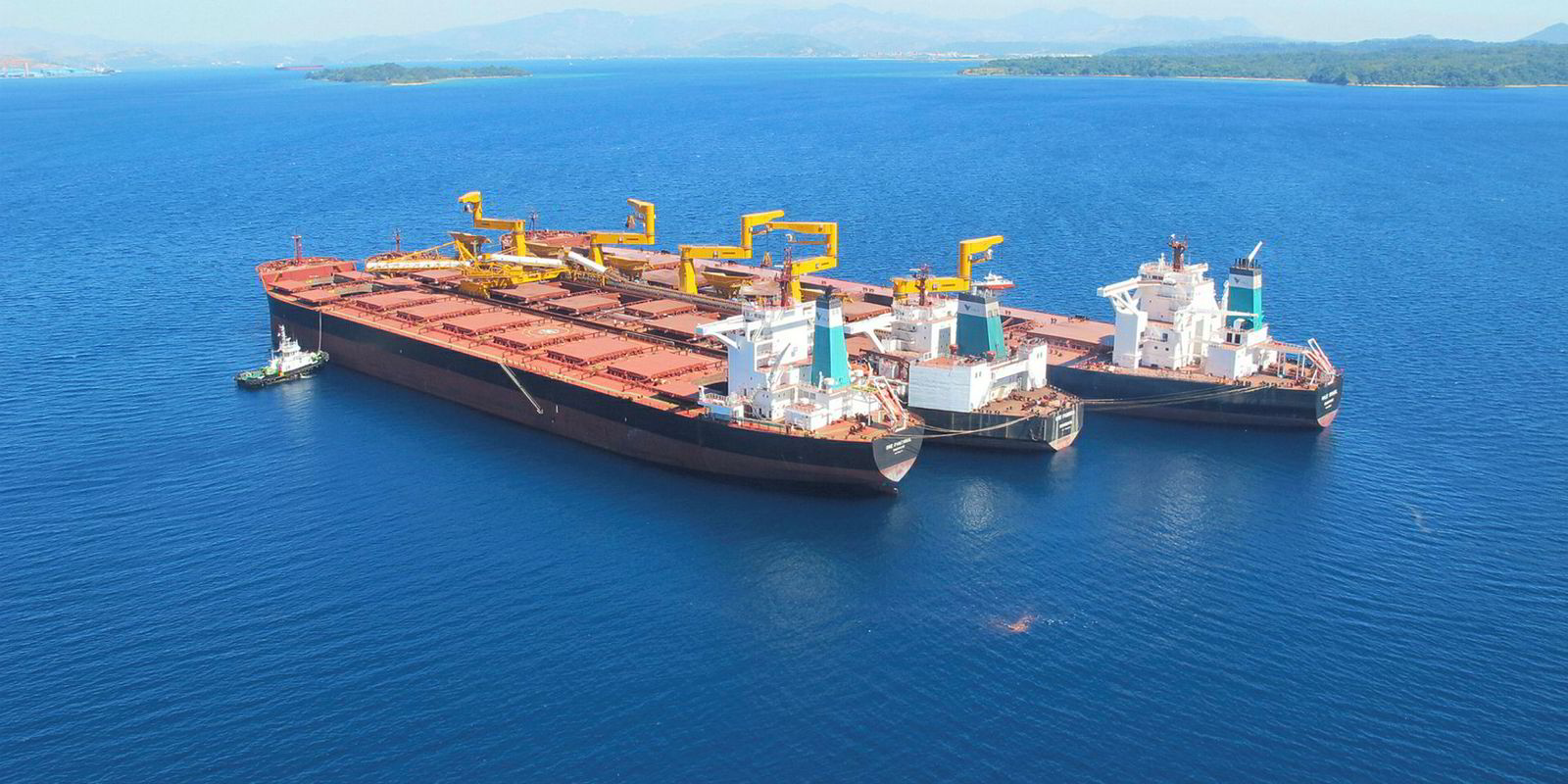Negative sentiment has left the dry bulk market plumbing depths no shipowner had anticipated during the typically strong fourth quarter, says Golden Ocean chief executive Birgitte Vartdal.
Expectations for a continued recovery had been high after a strong third quarter - but after five successive weeks trending downwards the Baltic Dry Index had sunk to 1,003 points on Tuesday.
“Going into the fourth quarter, which normally is a seasonal high, rates continue to improve for panamaxes early in the quarter, but declined sharply for capes and down to levels I would say that no one in the dry bulk market expected ahead of the quarter,” Vartdal said on the company’s third quarter conference call.
While some had connected the slump in the capesize market with a BHP trail derailment, Vartdal said the event had not had a significantly impact on export volumes.
Instead she viewed it as a “headline that added to an existing negative sentiment”.
She pointed to increased trade volumes ahead of new tariffs and uncertainty as a driver for the higher third quarter shipments, with the present slump a consequence of this.
“We believe there is a combination of factors that explain the latest drop,” Vartdal said.
She said the global trade picture was spreading uncertainty across the industry and contributing to a weaker demand outlook.
Shorter term factors, including a less pronounced push in China to reduce pollution from steel production, lower steel margins inducing a draw on inventories, restrictions on coal shipments and trade tariffs denting US grain volumes, were also influencing the market.
“These are all factors that are expected to diminish at some point and are more temporary factors,” Vartdal said.
"The third factor, and the one that causes the greatest degree of volatility, is the market sentiment that intensifies any change in rates."
“We, like almost everyone else, had expectations for a good Q4. When that did not materialize, the rate downturn intensified to a degree greater than what the underlying fleet utilization would otherwise reflect.”
Despite the drop in rates, Vartdal says risk factors remained almost the same as in earlier quarters.
“Looking through the current weak and volatile markets, the fundamentals have not changed that much and we still expect the market will continue to gradually improve on average rates,” she said.
“Additionally, upcoming regulations to sulfur emissions are expected to have a positive impact on the market as older, less fuel-efficient vessels are disadvantaged and may ultimately be phased out.”







